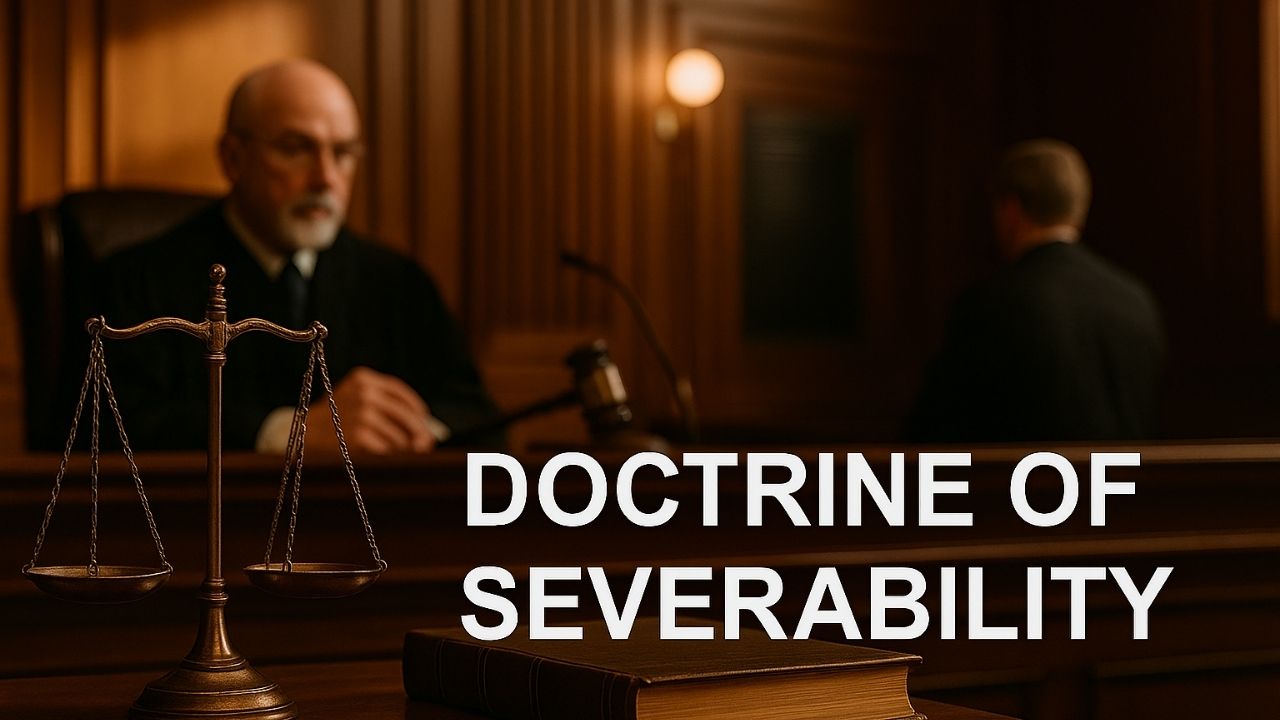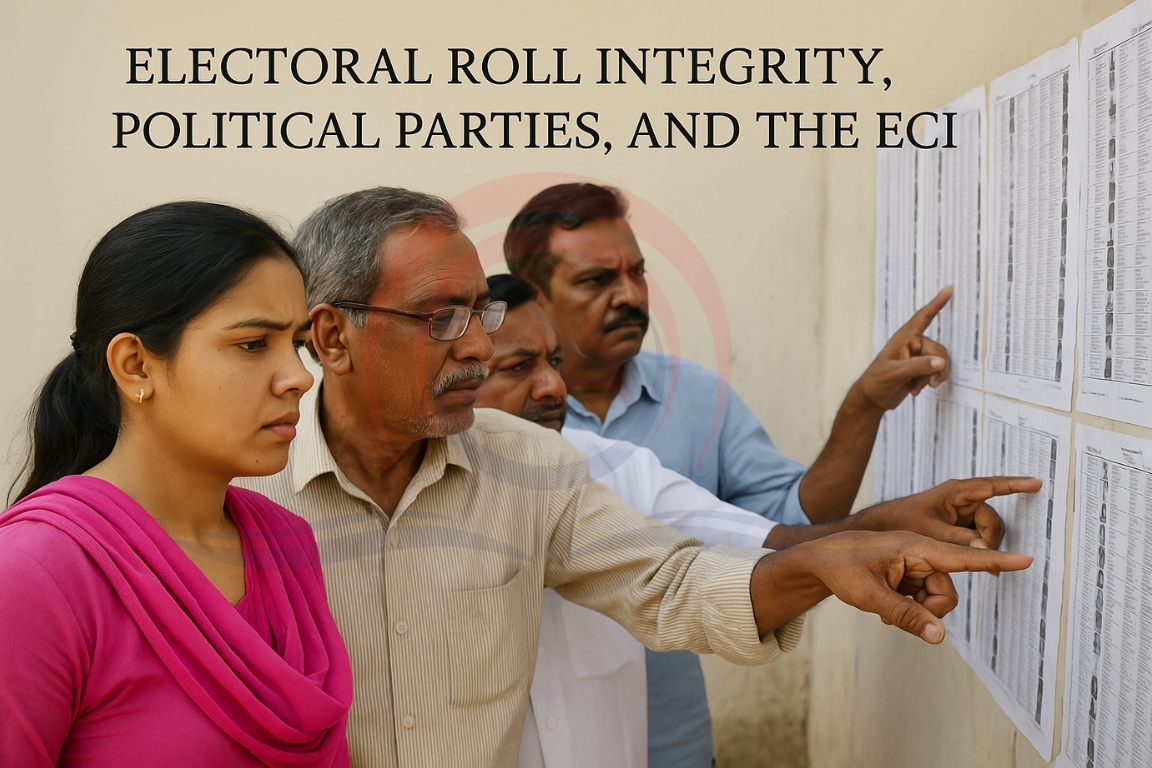The Supreme Court recently clarified that the Doctrine of Severability can be applied in Specific Performance suits, but only in rare situations. This reaffirmed that courts may remove unconstitutional parts of legal contracts or statutes while keeping valid portions intact.
What is the Doctrine of Severability?
- It is a constitutional principle that helps courts strike down only those parts of a law that violate Fundamental Rights, instead of cancelling the entire legislation.
- If a section of a law is unconstitutional but can be removed without affecting the purpose or operation of the rest, only that part is held invalid.
- In simple terms, unconstitutional provisions are cut out, and the rest of the law survives if it still functions properly.

Key Features
- When good and bad parts of a law exist together, courts check whether good provisions operate independently.
- If the valid part does not depend on the invalid one, the valid section continues to exist.
- If a law allows both legal and illegal actions, and they cannot be separated, the entire provision becomes void.
- When constitutional and unconstitutional parts are interlinked deeply, the whole Act may be struck down.
- Also known as the Doctrine of Separability.
Judicial Tests for Severability
- The unconstitutional part is clearly identifiable.
- Removing the invalid portion does not change the intent of the law.
- The remaining law is workable and meaningful.
Landmark Judgements
- A.K. Gopalan vs State of Madras (1950): Preventive detention clause that violated rights removed; rest of the law remained.
- Minerva Mills vs Union of India (1980): Certain parts of the 42nd Amendment struck down as beyond Parliament’s power; rest upheld.
- Kihoto Hollohan vs Zachillhu (1992): Paragraph 7 of the Tenth Schedule declared unconstitutional; the rest of the anti-defection provisions retained.
Significance
- Protects the Constitution by removing only unconstitutional elements.
- Maintains legislative intent and stability in the legal system.
- Ensures balance between judicial review and parliamentary authority.
This topic is available in detail on our main website.





